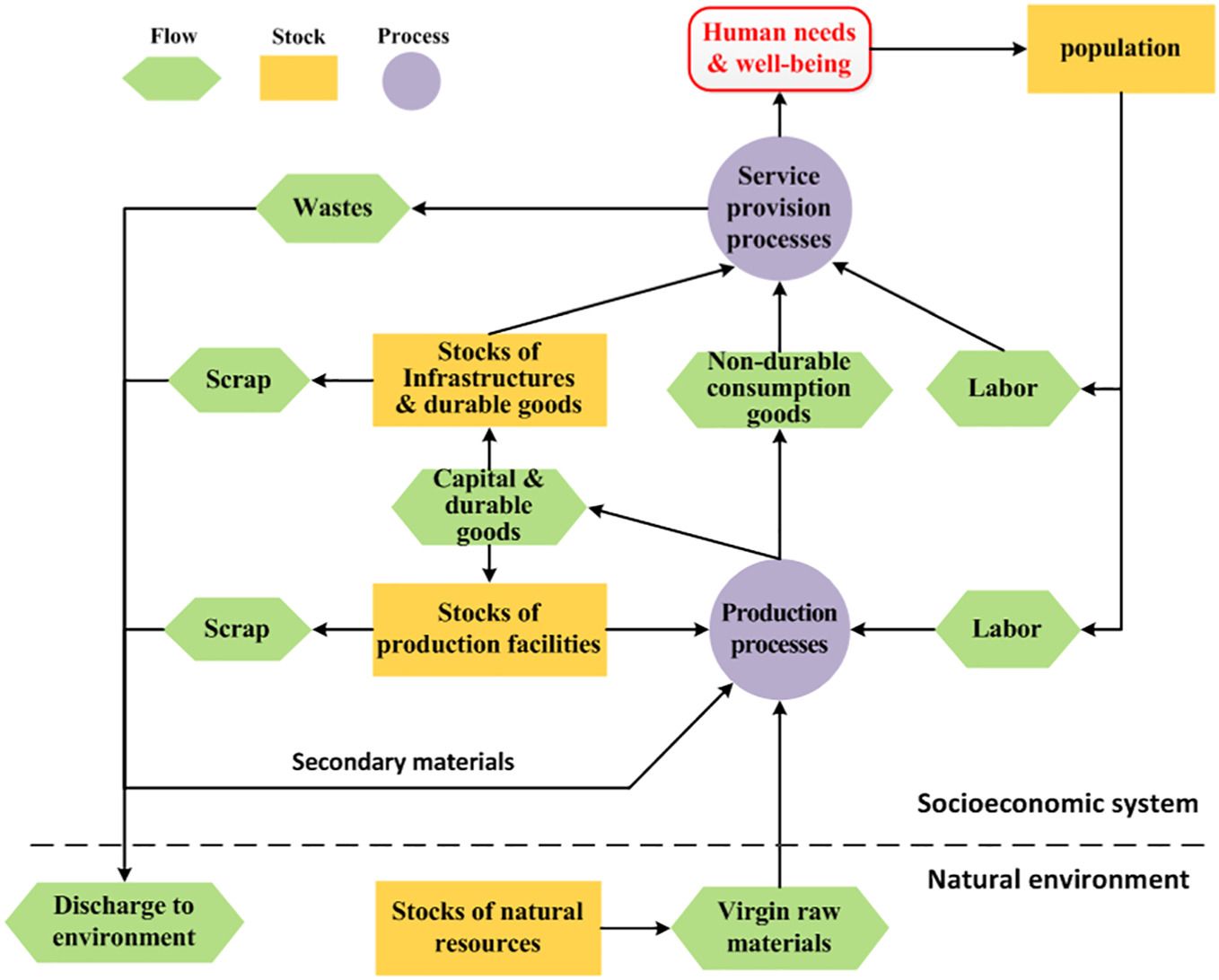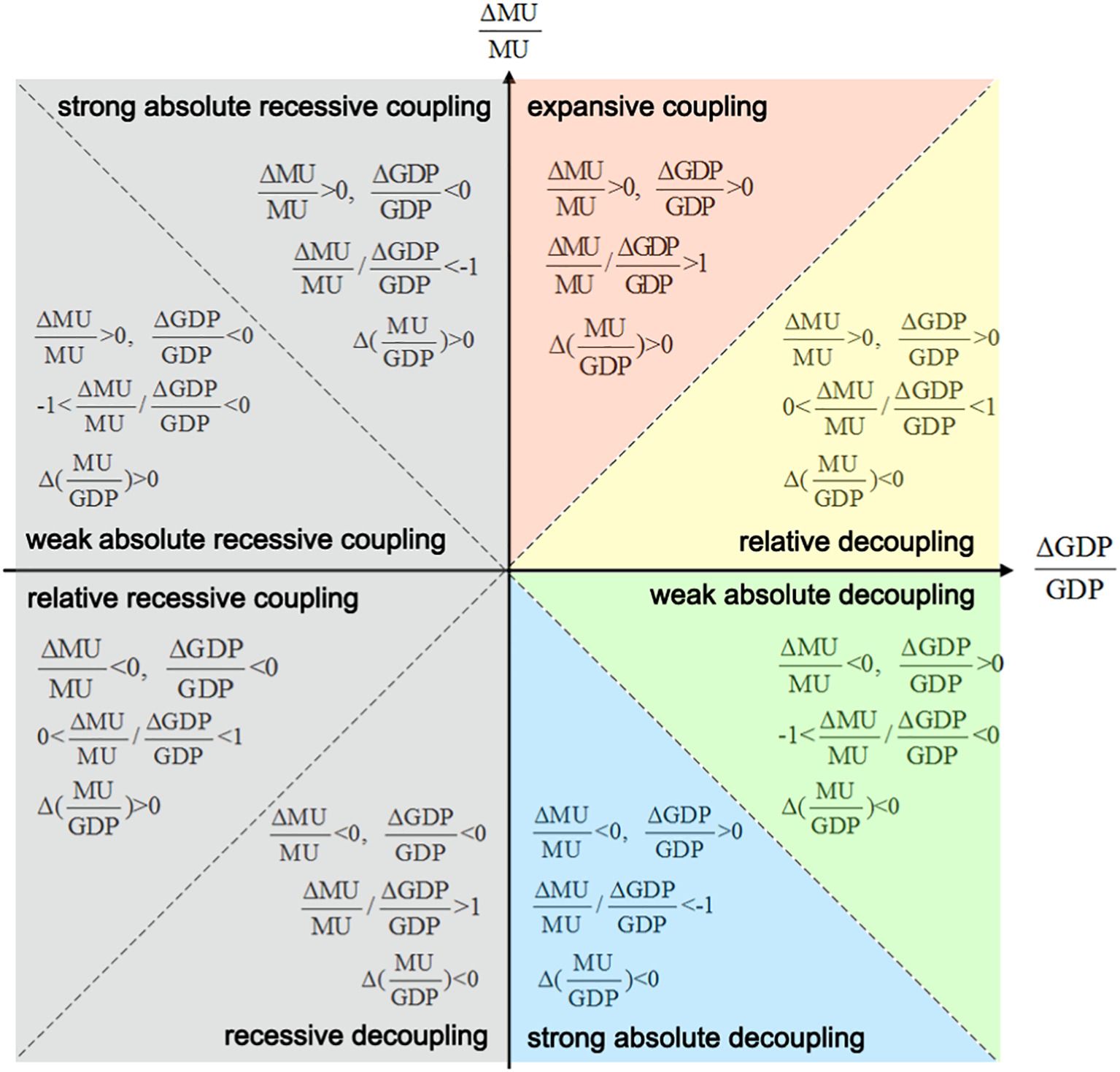Zhang, Chao; Chen, Wei-Qiang*; Liu, Gang; Zhu, Da-Jian
Ecological Economics 2017 140, 265-274. DOI: 10.1016/j.ecolecon.2017.04.021
Abstract
Understanding the relationship between material cycles and economic growth is essential for relieving environmental pressures associated with material extraction, production, and consumption. We developed an integrated analytical framework of dematerialization analysis incorporating both material flow and stock indicators. A four-quadrant diagram is designed to classify different stages of dematerialization based on the elasticity of material flow/stock to economic output or well-being. We then conducted a case study on the long-term evolution of aluminum cycle in the U.S., and found that different material flow and stock indicators decoupled from gross domestic product (GDP) growth in a clear sequential pattern. Flows closer to the beginning of the aluminum cycle (e.g., primary aluminum production) decoupled from GDP earlier than flows closer to the final consumption stage (e.g., consumption of final products). In-use stock of aluminum decoupled from GDP much more slowly than any flow indicator, and had just reached the status of relative decoupling around 2000. This phenomenon is determined by the fact that different causes of dematerialization, such as import substitution and secondary material recycling, take effect at different stages of economic development. Comprehensive understanding of dematerialization depends on in-depth analysis on material-economy relationships from an integrated stock and flow perspective.
Complementary stocks and flows of materials and products in providing services and creating well-being.

A four-quadrant diagram of decoupling analysis.
